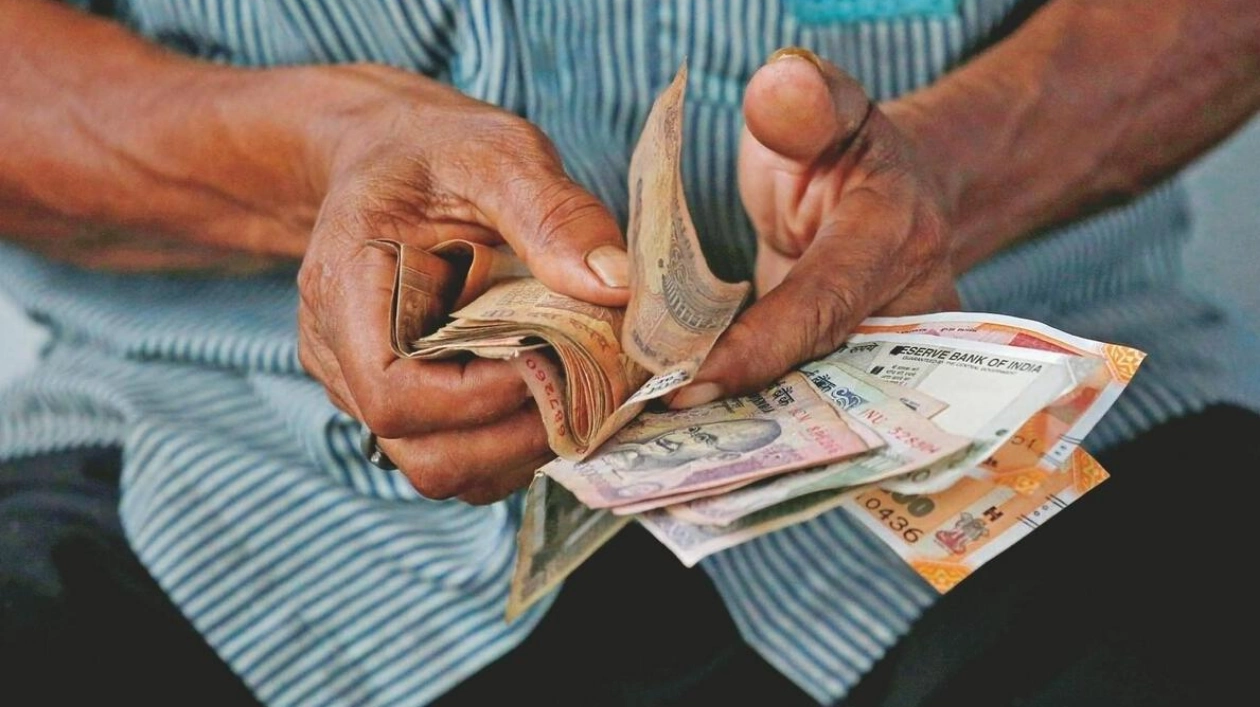The Indian rupee remained largely unchanged on Thursday, with volatility expectations indicating that the currency is likely to stay within a narrow range. This comes as its regional counterparts prepare for potential fluctuations ahead of the U.S. presidential election.
The rupee was trading at 84.0625 against the U.S. dollar at 11:00 a.m. IST, slightly up from its previous close of 84.08. Despite gains in most Asian currencies, which rose between 0.1% to 0.3%, the rupee saw only marginal relief.
The local currency has been hovering near record lows for most of the week, driven by rising U.S. bond yields and increased odds of a Donald Trump victory in the upcoming election. Additionally, sustained outflows from local equities have put pressure on the rupee.
Routine interventions by the Reserve Bank of India have helped prevent sharp declines in the rupee, according to traders. These interventions have also contributed to keeping the rupee's near-term implied volatility low, even as that of its peers has risen in anticipation of the election.
The offshore Chinese yuan's 1-month implied volatility has increased to 7.5% from 6.7% at the end of last month, while the rupee's volatility has remained stable near 2%.
MUFG Bank noted in a recent report, "U.S. tariff risk is growing, given rising odds of Trump winning. Trump's tariffs would have a significant negative impact on the outlook for Asian economies and pose a downside risk to our forecasts for Asian currencies."
The rupee's subdued volatility has contributed to its relative outperformance against regional peers this month. Asian currencies have weakened between 0.6% to 4.5% in October, while the rupee has only weakened by 0.3%.
Source link: https://www.khaleejtimes.com






